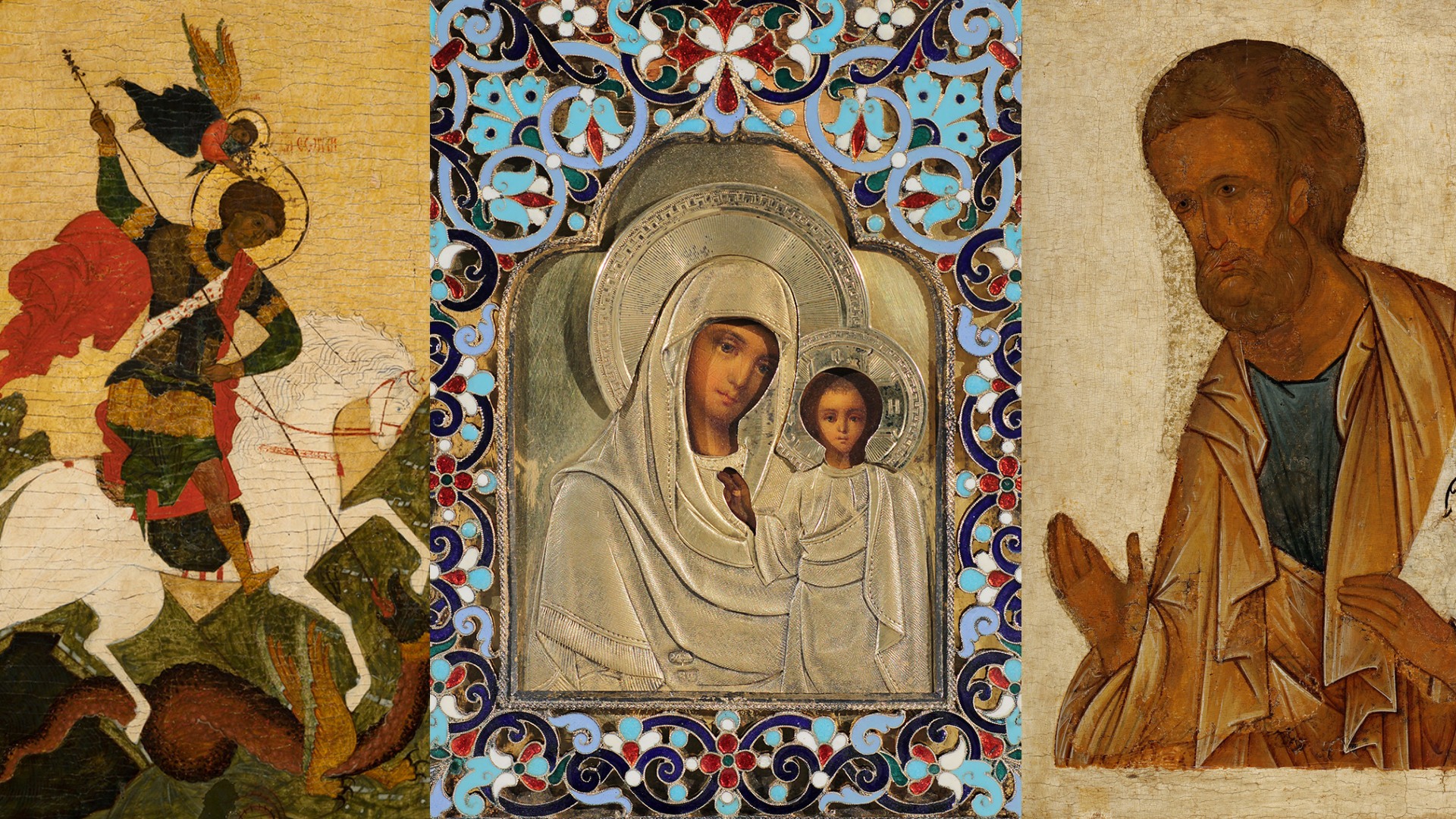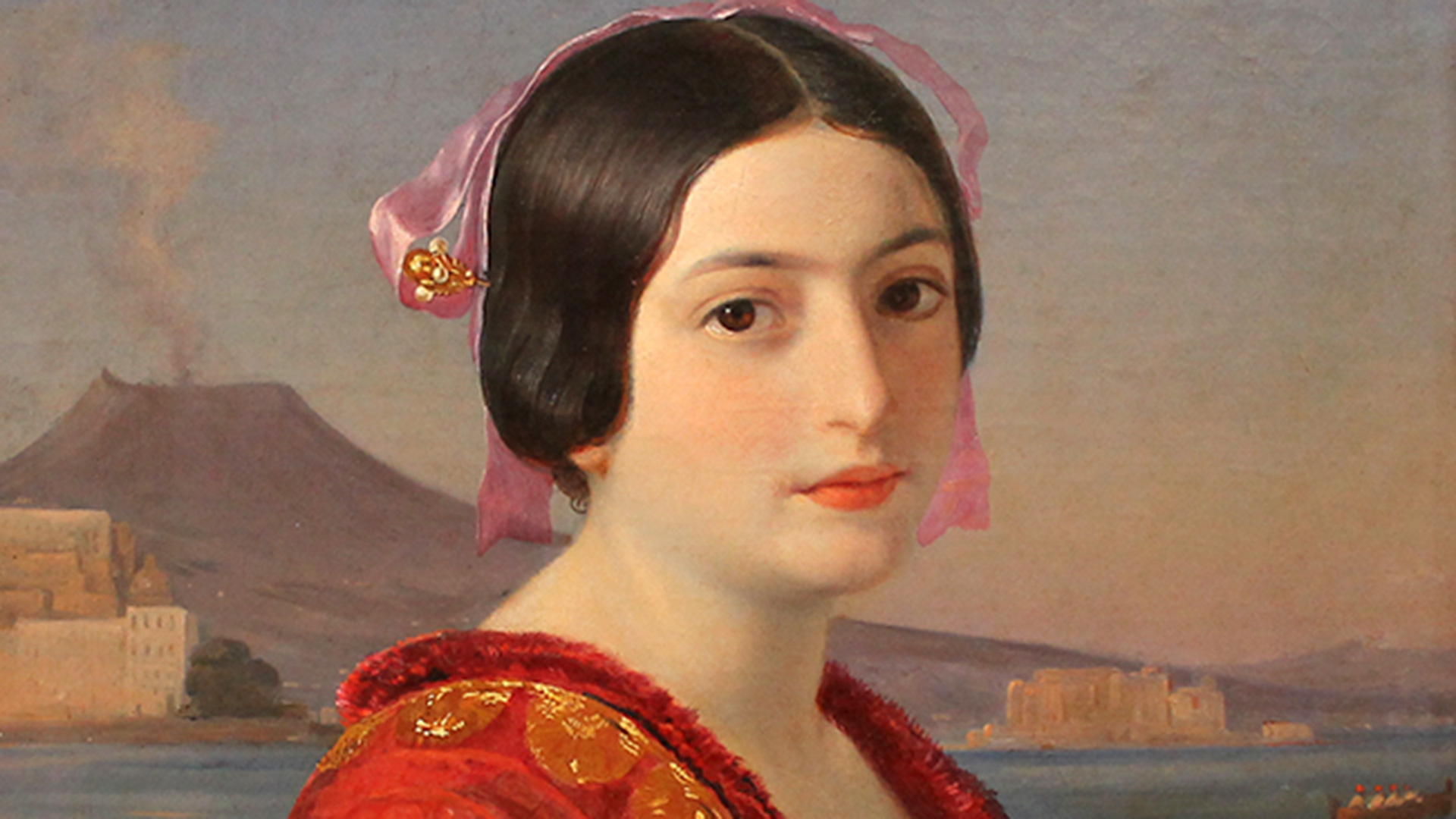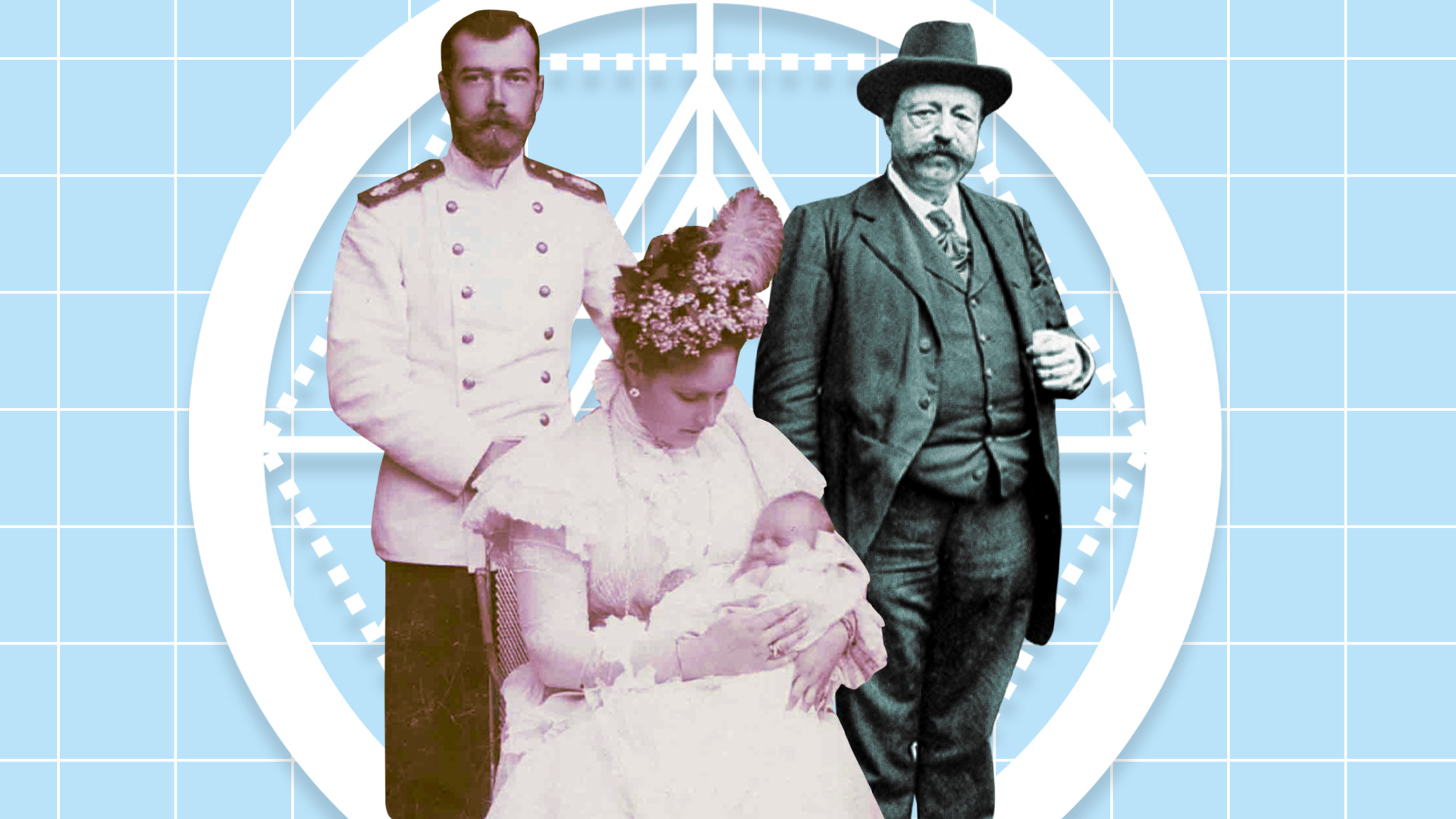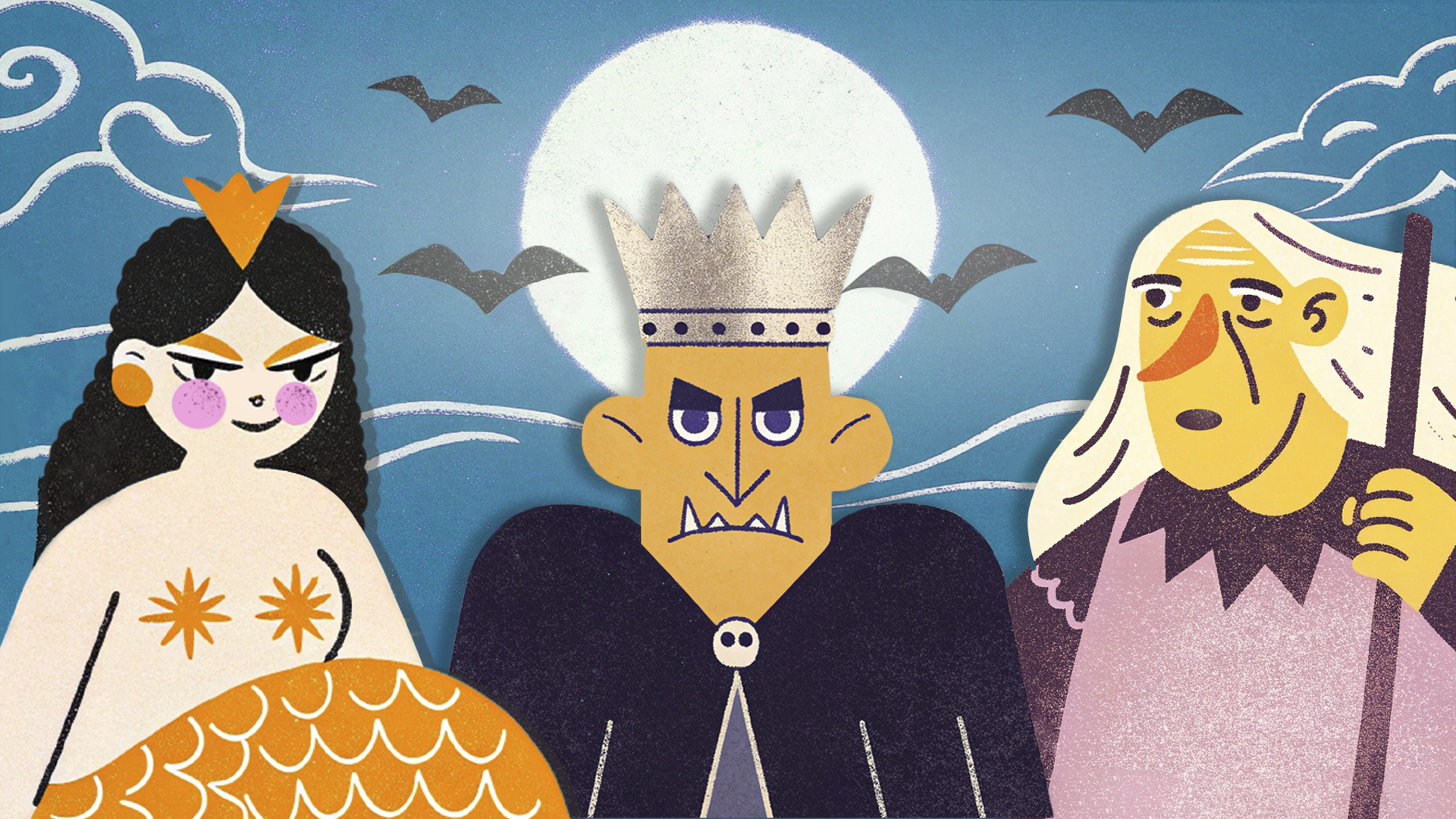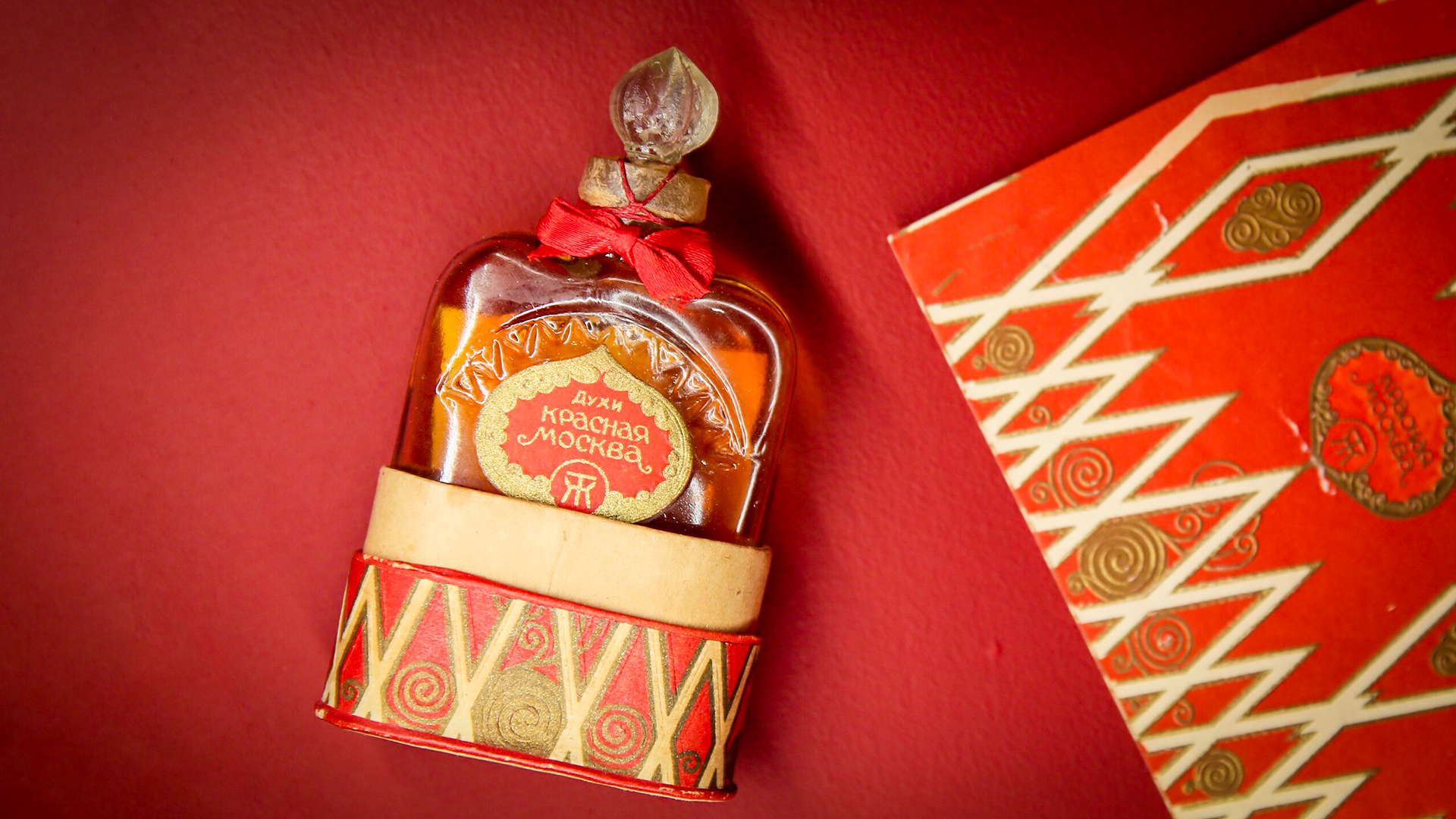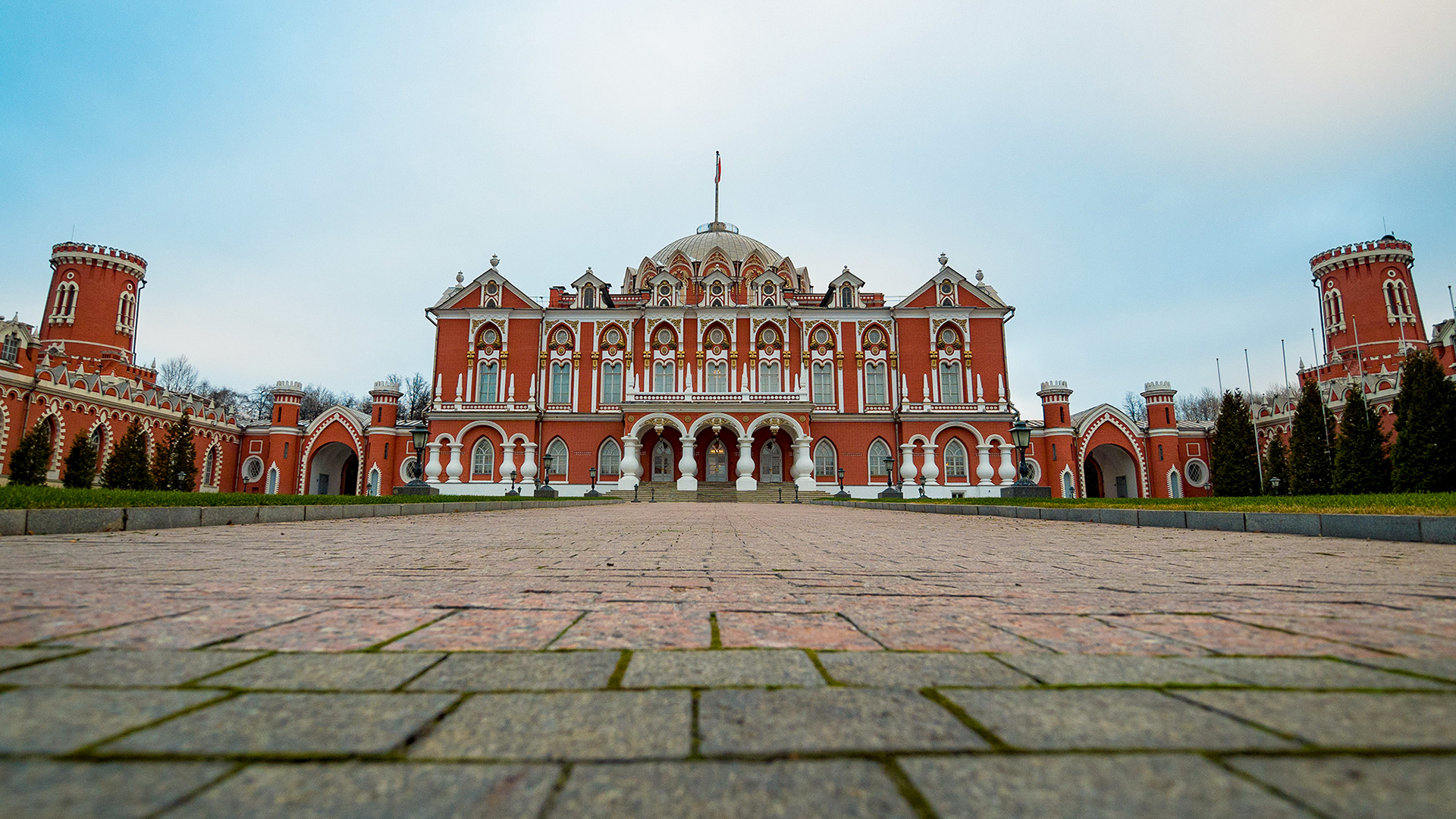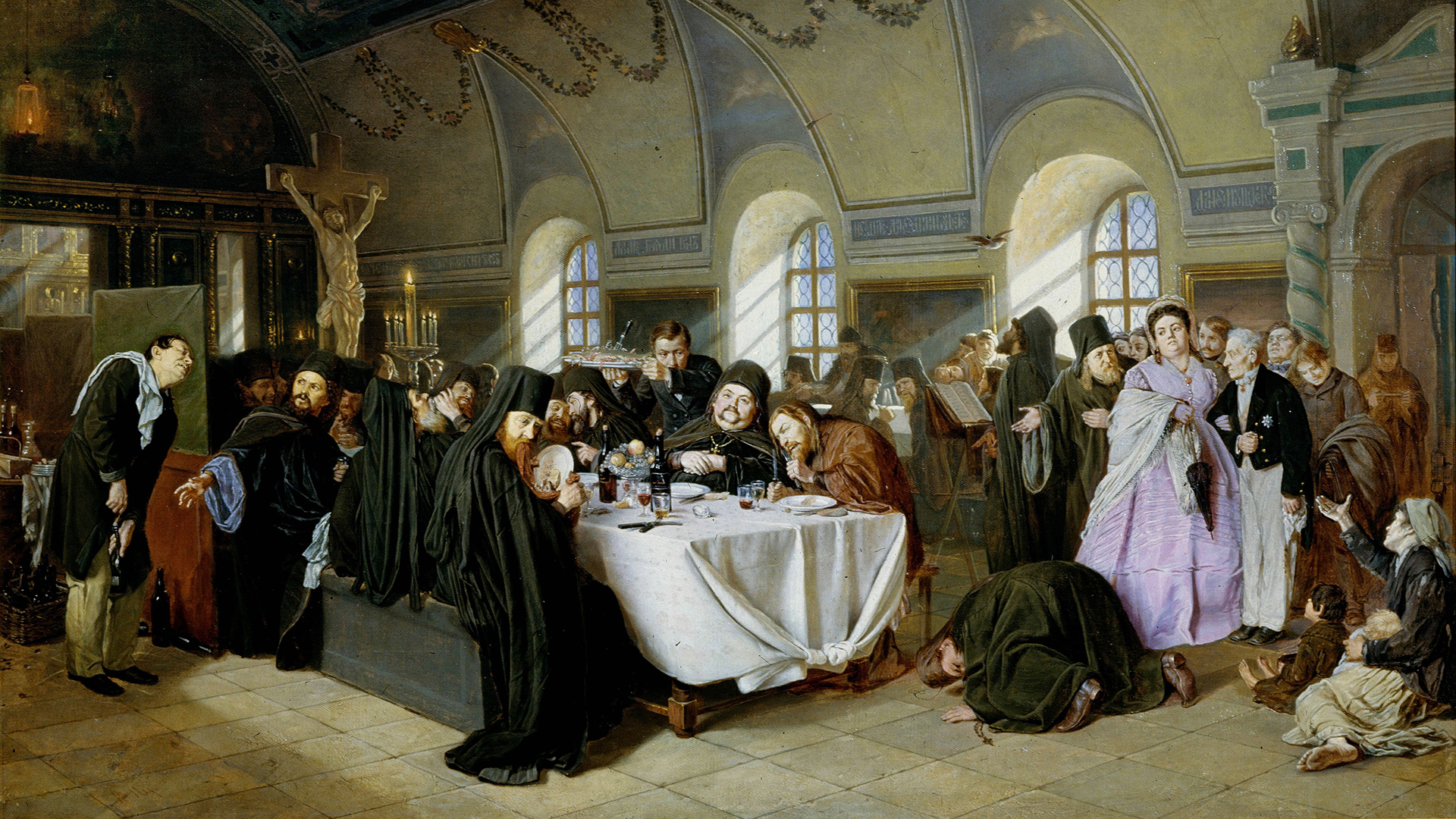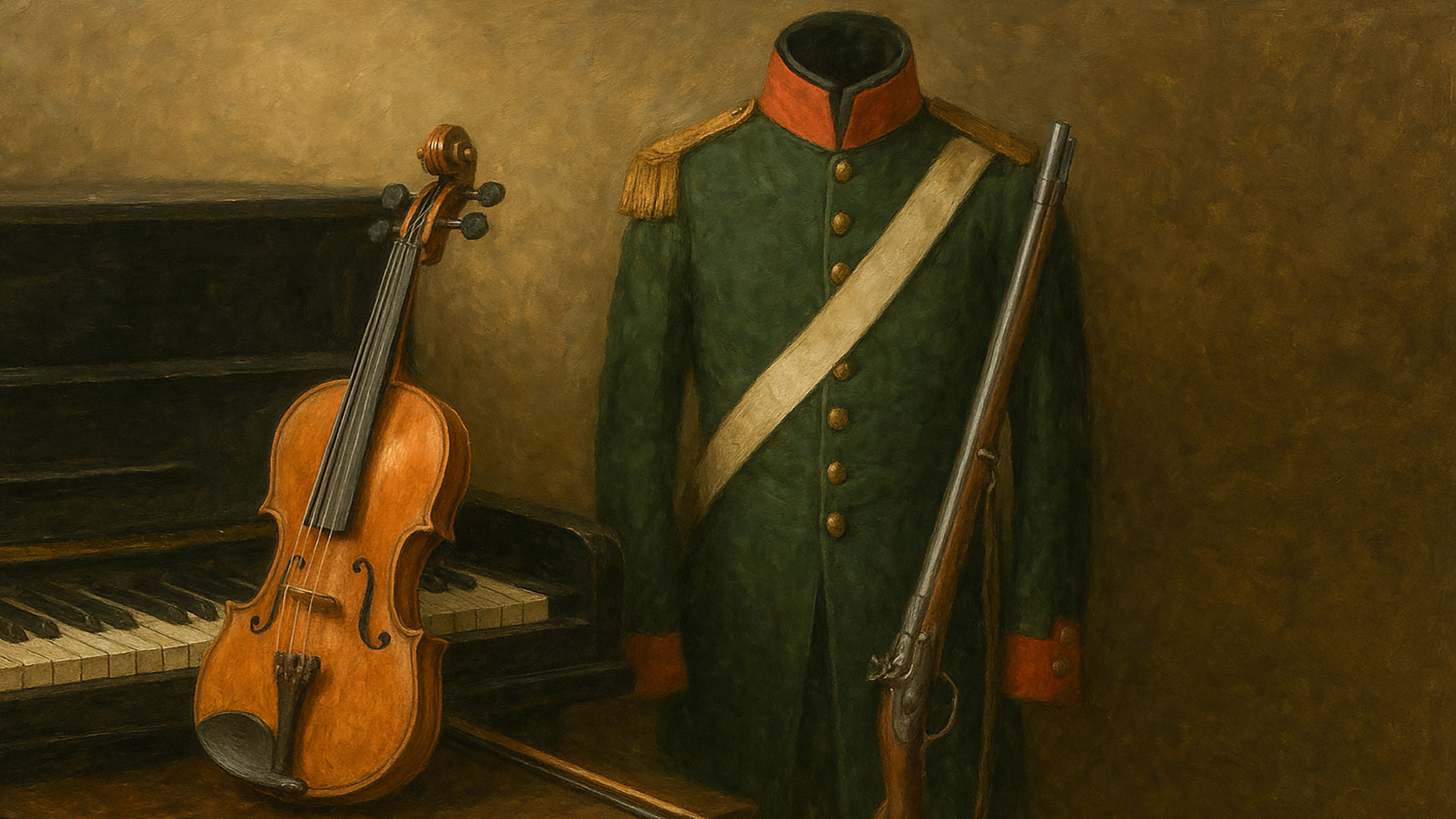
10 treasures from the ‘Tsarskoye Selo’ museum (PHOTOS)
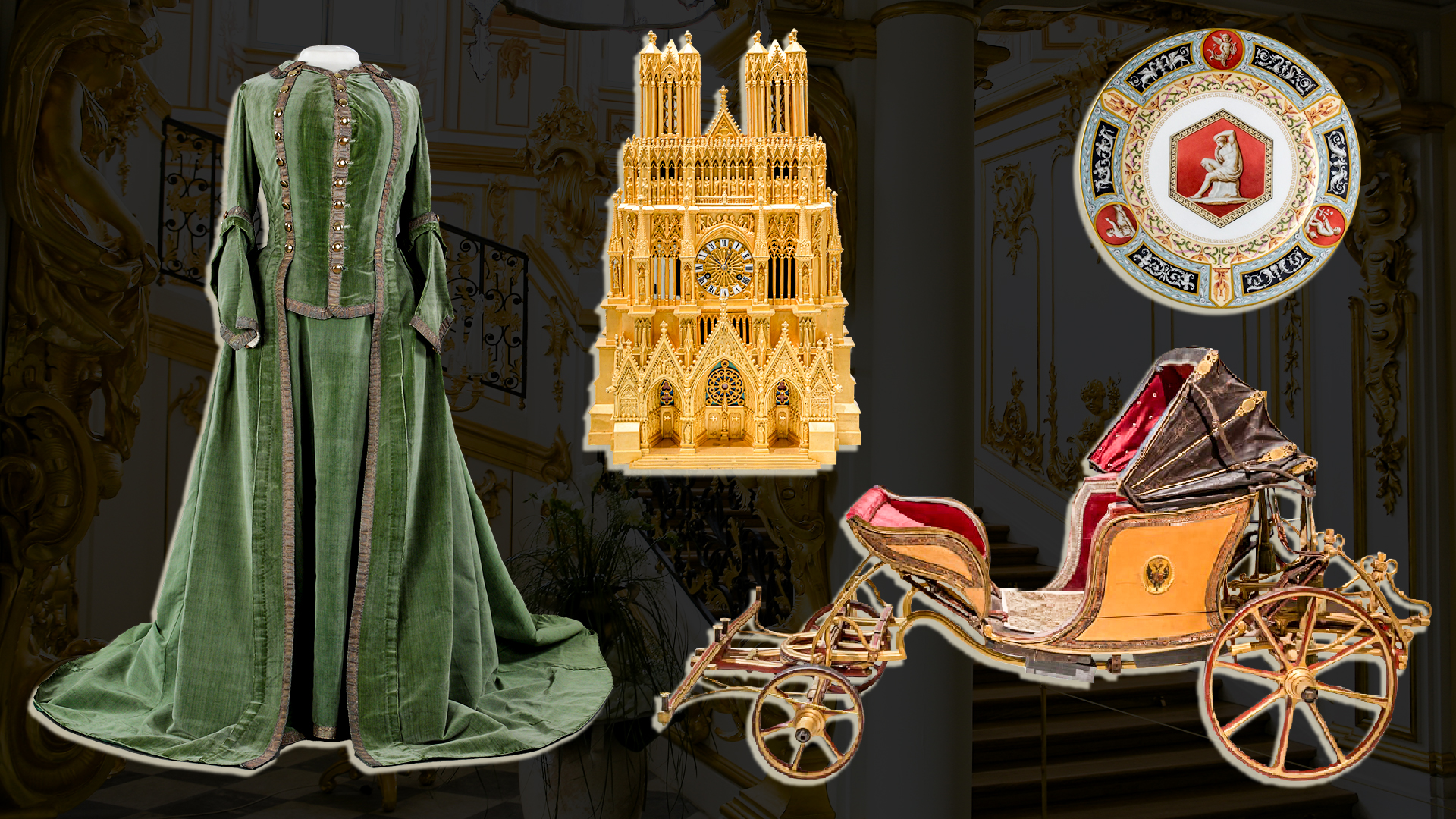
1. Amber casket with figures of Venus & Cupid on the lid, 17th century

One of the main highlights of ‘Tsarskoye Selo’ is the legendary ‘Amber Room’, which was “lost” during World War II. Part of it was evacuated and miraculously preserved: caskets, checkerboards, chess and backgammon sets, smoking pipes of Alexander II and other personal items. Among the saved items is this casket, made by Danzig master Gottfried Turau, one of the creators of the Amber Room.
2. Uniform dress of Catherine the Great, 1766
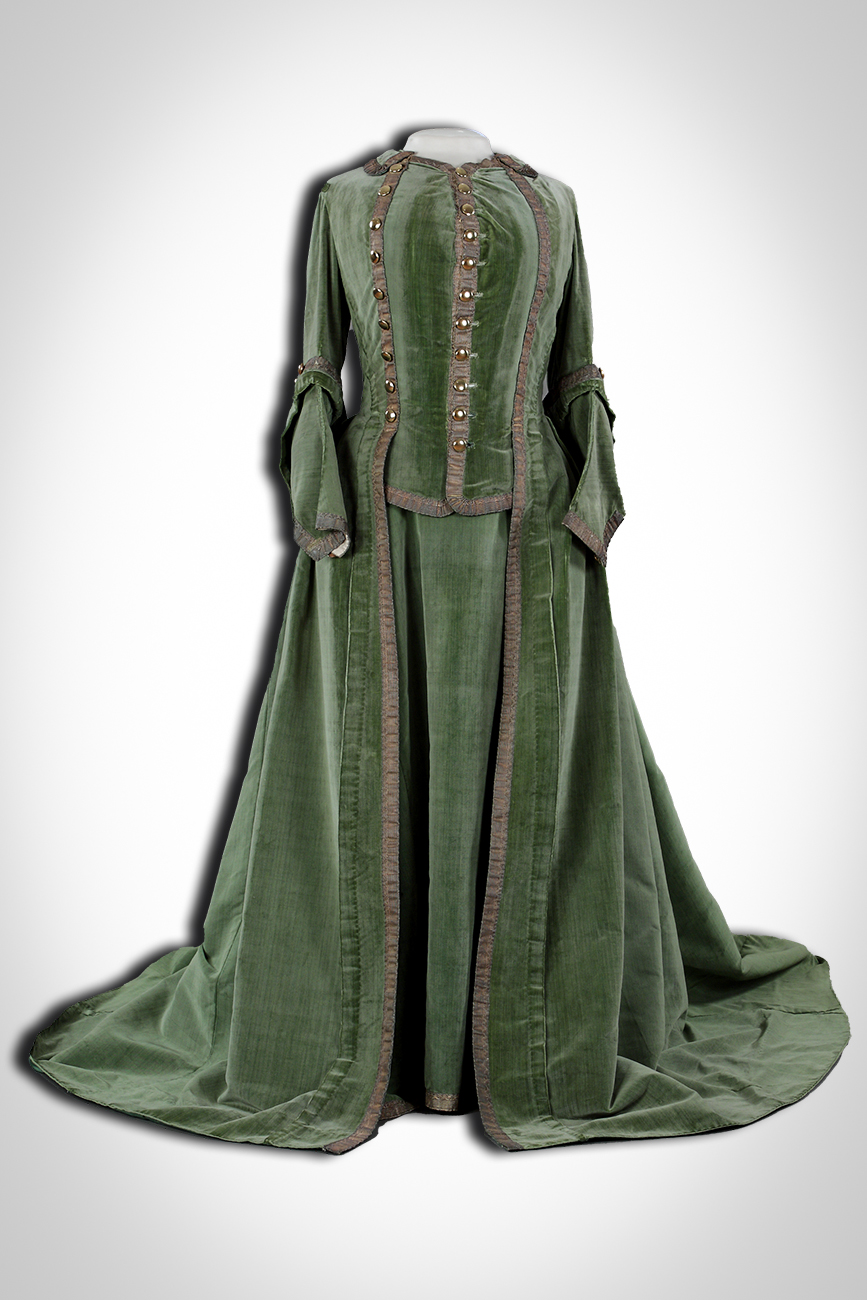
It was Catherine the Great who introduced the fashion for female uniform dresses in Russia. The empress was the chief of several guard and army regiments and she had several dresses in her collection that could be considered the female version of military uniforms. This is a chief's uniform dress according to the pattern of the Life-Guard Semyonovsky Regiment.
3. ‘Raphael’ tableware, 1883-1903
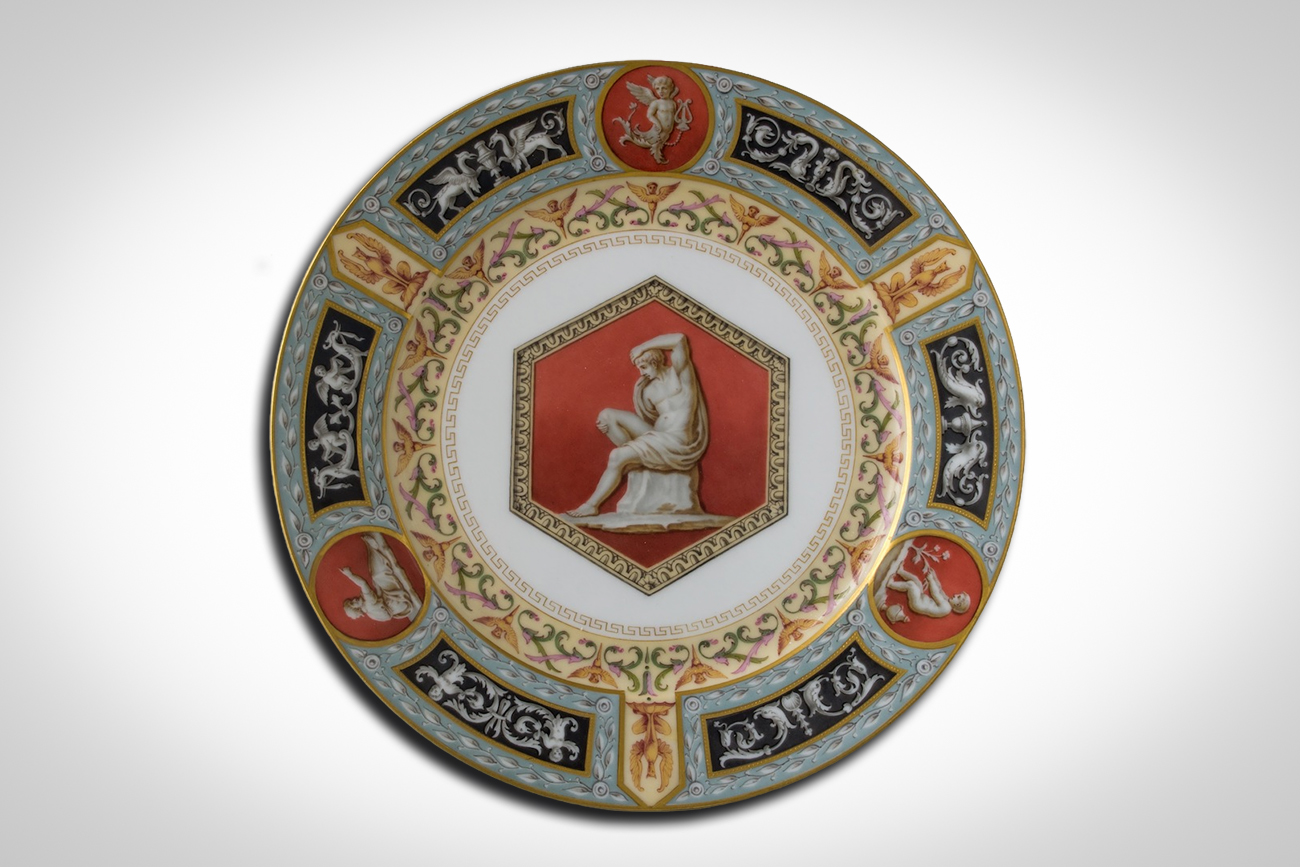
In 1883, Alexander III ordered tableware specifically for Tsarskoye Selo. Its design uses motifs from the Raphael Loggias in the Vatican Palace. The Imperial Porcelain Factory was producing parts of the tableware annually during 20 years as a Christmas gift to the imperial family.
4. Two-seater children's carriage, late 18th – early 19th century
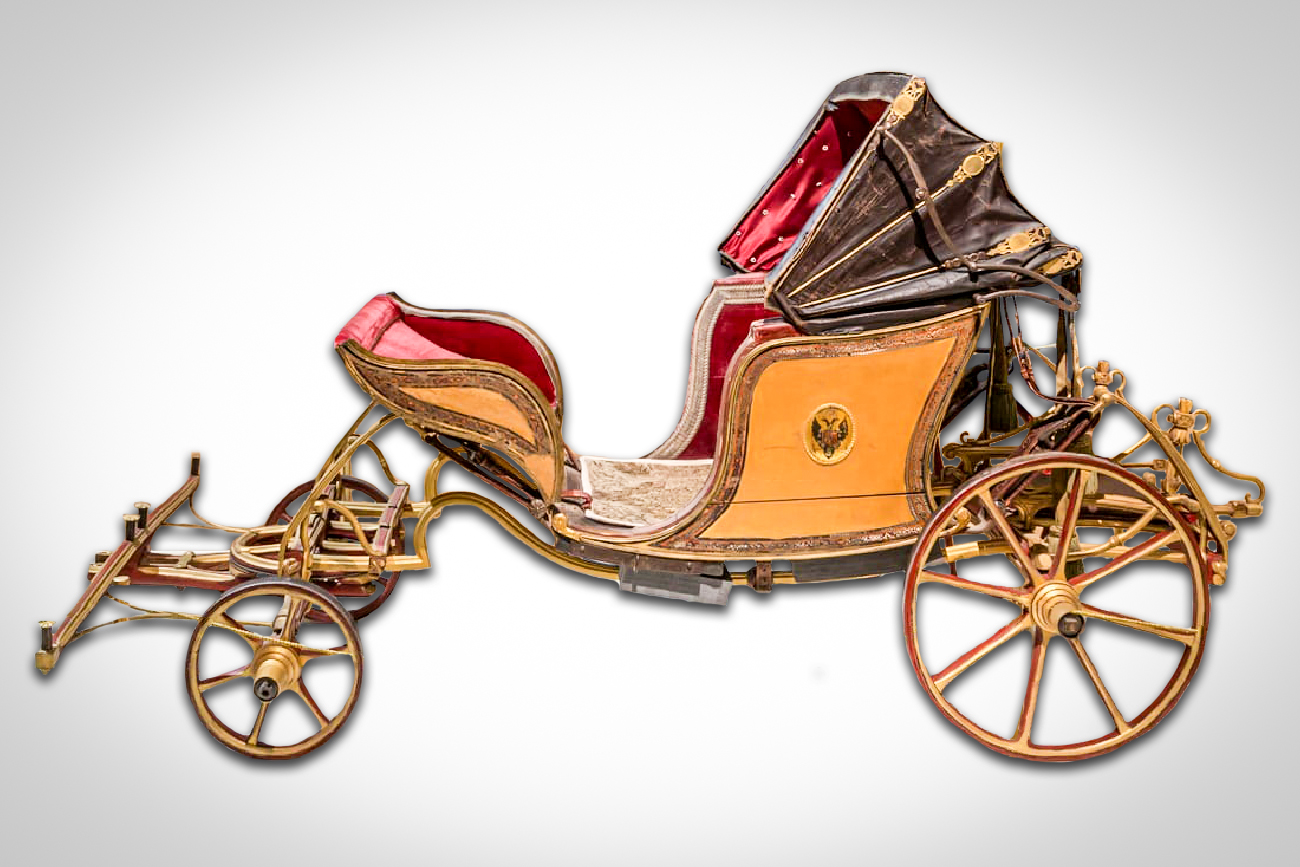
This carriage made in London was used for rides in the gardens and parks of ‘Tsarskoye Selo’ by Grand Dukes Mikhail and Nicholas (future Emperor Nicholas I). Their grandmother, Empress Catherine the Great, gifted the young princes this scaled-down version of a fashionable open phaeton.
5. Casket of Empress Alexandra Feodorovna, 1808-1809
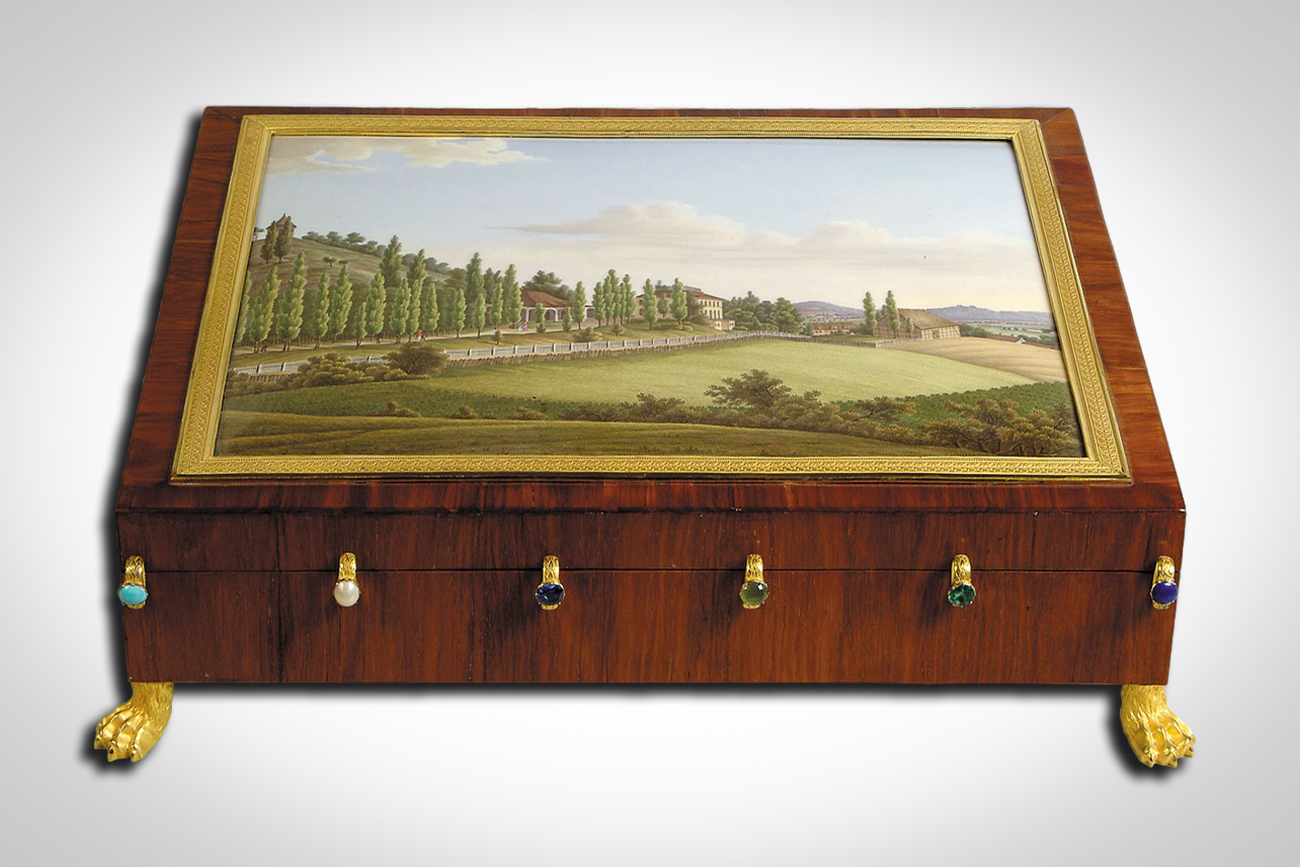
This casket belonged to Empress Alexandra Feodorovna, the wife of Nicholas I. By birth, she was a Prussian princess and the lid of the casket depicts the royal country estate Freienwalde near Berlin.
Her father, Prussian King Frederick William III, gifted this casket to her during a visit to Moscow in 1818. Interestingly, it’s adorned with six stones: turquoise, pearl, sapphire, chrysolite, emerald and lapis lazuli, which encode the names of Frederick William's children. Alexandra Feodorovna herself (her birth name was Charlotte) is represented by the sapphire stone.
6. Chest from the Vologda Province, 1904-1914
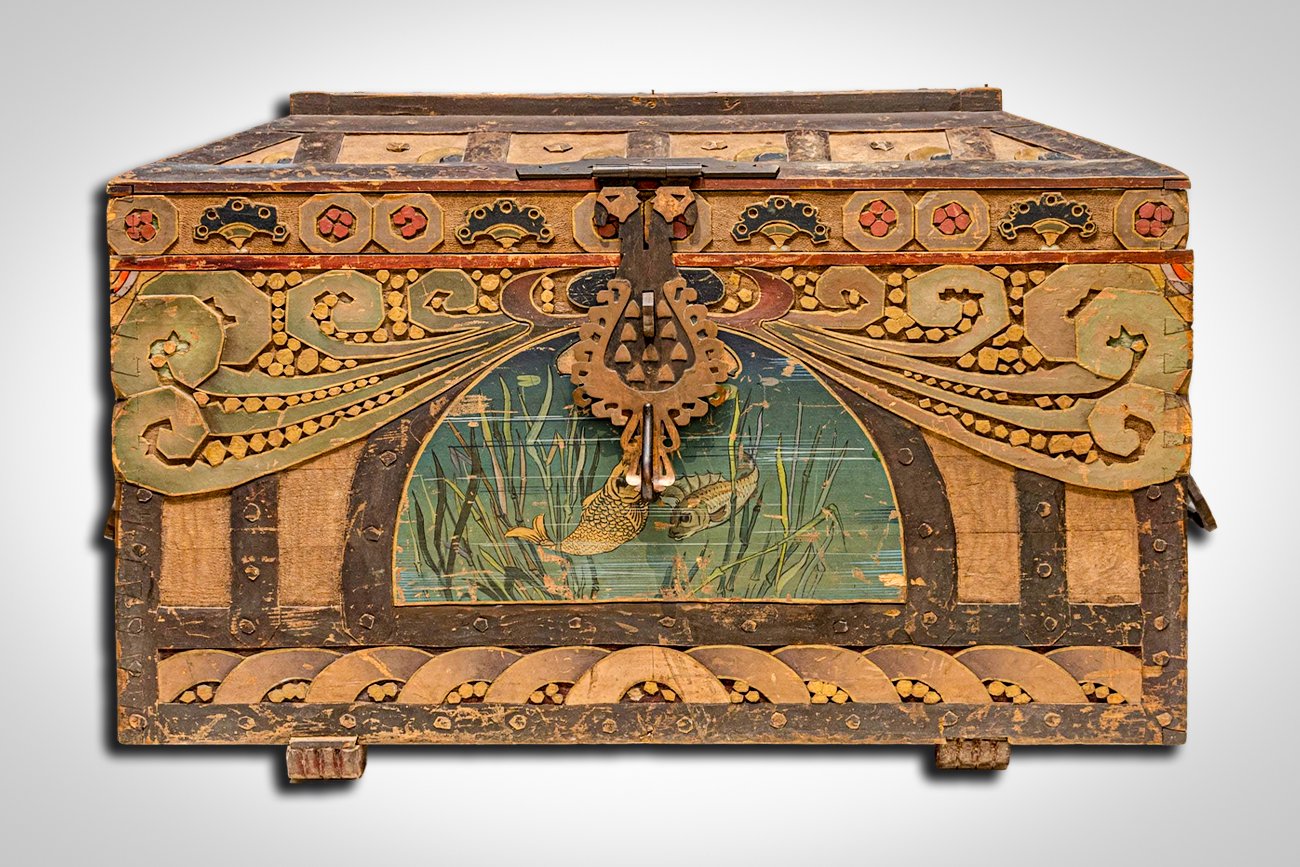
This wood-carved chest made of pine and birch is covered with paintings and gilding. It was made at the Petrovskaya Craft School in the city of Totma (Vologda Region) and presented to the tsar family as a gift at a handicraft exhibition.
The chest has special significance for the ‘Tsarskoye Selo’ museum, as, during World War II, several priceless items from the collection were packed into it for evacuation to Siberia and, thanks to this, they were saved.
7. The ‘Tsarskoye Selo Carousel’ by Horace Vernet, 1842
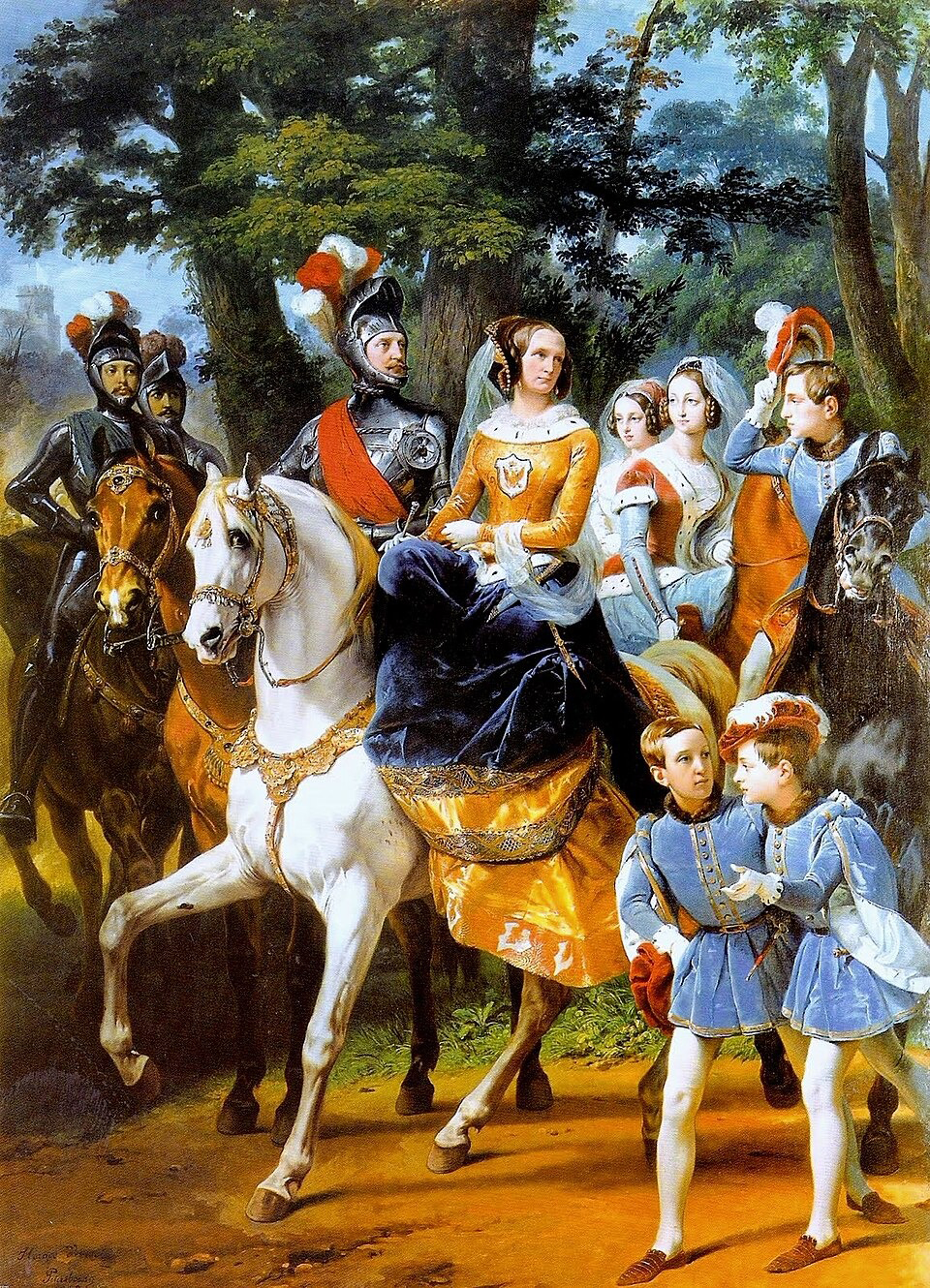
This large-scale canvas depicts a scene from the 25th wedding anniversary of Nicholas I and Alexandra Feodorovna, which was celebrated in ‘Tsarskoye Selo’. Nicholas appears as a knight in armor next to his “Fair Lady” – the empress in a medieval dress.
8. Secretary desk from the Lyon Hall of the Great Tsarskoye Selo (Catherine) Palace, 1862
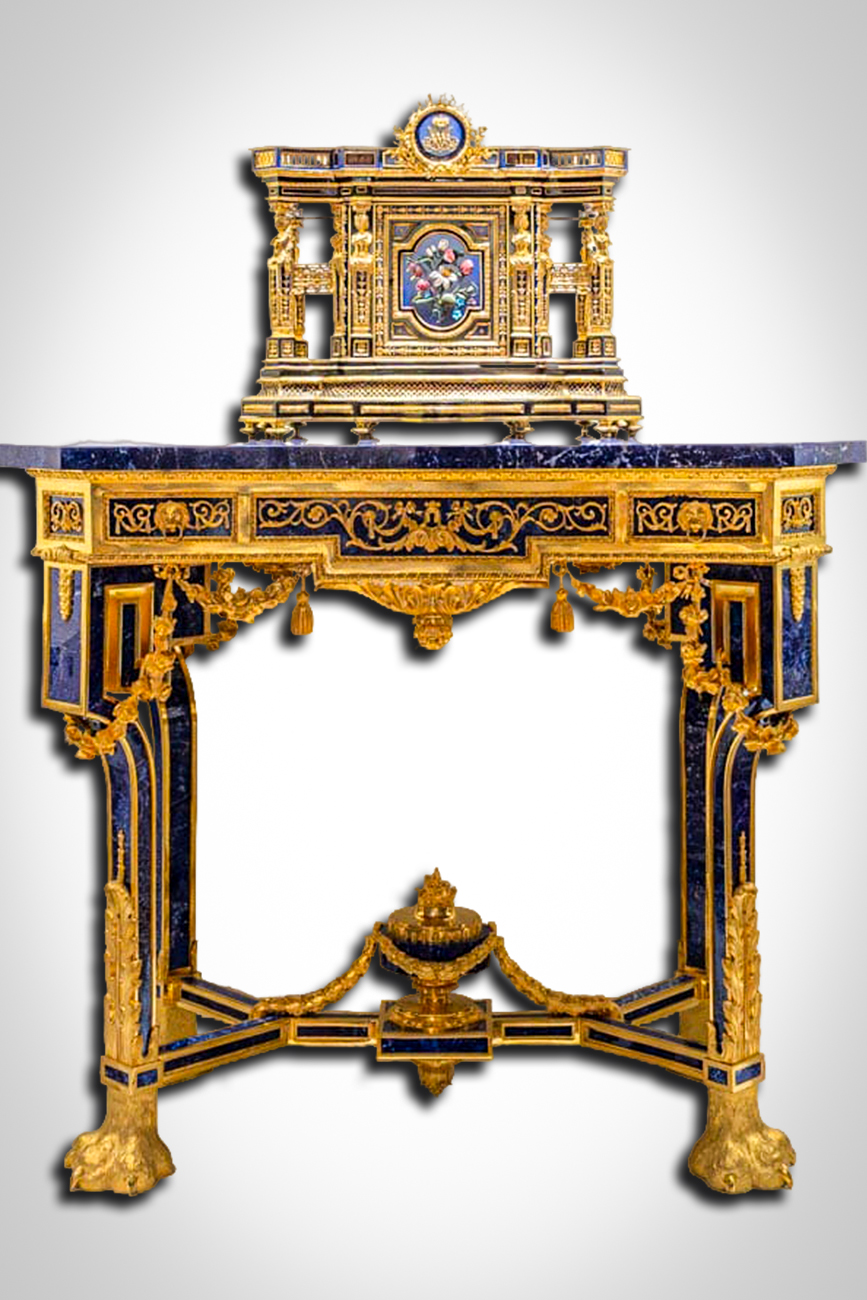
An entire set of furniture made of lapis lazuli and bronze was specially made for the Lyon Hall of Empress Maria Alexandrovna, wife of Alexander II. These true masterpieces of furniture art have no equals. The prestigious order was executed at the Peterhof Lapidary Works.
9. Malachite inkwell set, 1830s
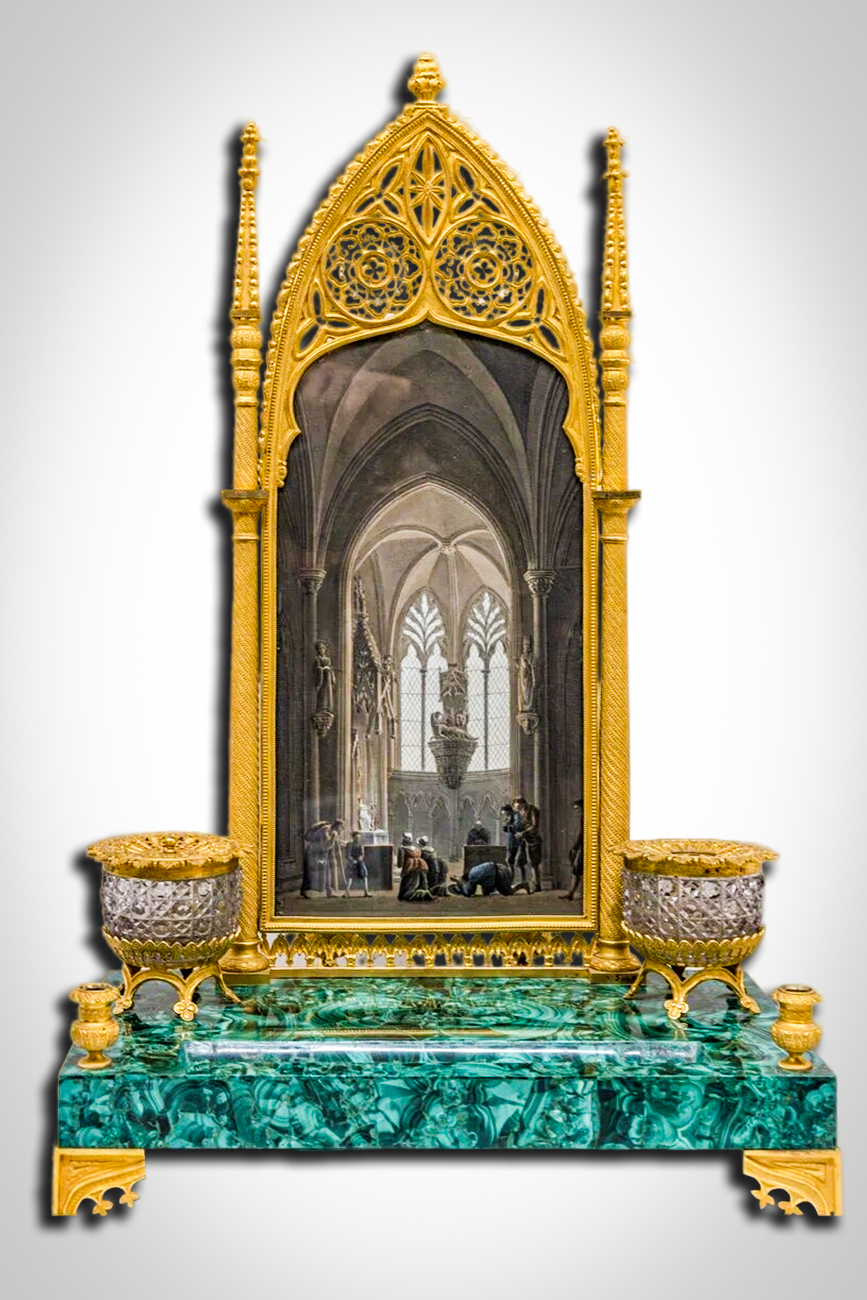
In the first third of the 19th century, bronze masters began actively using malachite, which deposits were recently discovered in the Urals. The contrast of bronze and deep green looked advantageous and appealed to the taste of the tsar family. This inkwell set in the then-fashionable Neo-Gothic style adorned the study of Nicholas I in the Alexander Palace of ‘Tsarskoye Selo’.
10. ‘Reims Cathedral’ mantelpiece clock, 1835
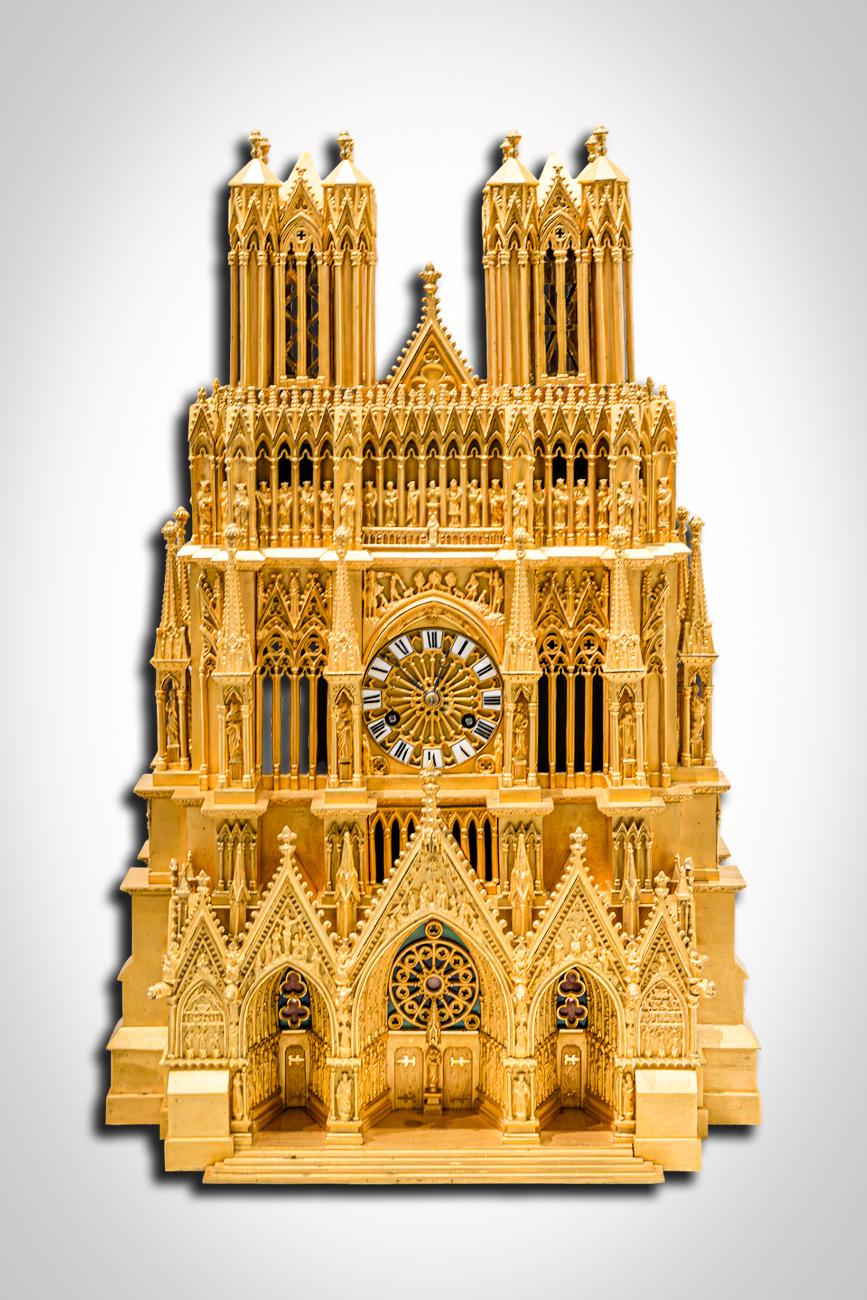
This miniature bronze copy of Reims Cathedral was produced by French firm ‘Bavoze Brothers & Sisters’. Today, this masterpiece of interior art can be seen in the Arsenal pavilion in Tsarskoye Selo, which also houses other striking Gothic exhibits from the time of Nicholas I.
The ‘Treasures of the Imperial Residences. Tsarskoye Selo’ exhibition is on display at the Historical Museum in Moscow until April 13, 2026.



